Geekery and tinkering
I'm a geek
I know far too much about Computers, Electronics and Star Trek, don't get me started on Galaxy class starships! So this makes me a geek, which is cool because just like the original meaning of hacker, we are taking the term geek back and making it our own.
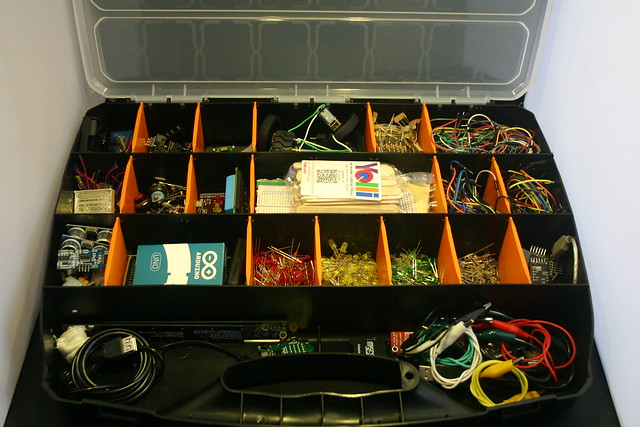
Being a hardware hacker geek I have a toolbox full of electronic components...and I mean FULL. But what are my main go to items? The boards / tech that I reach to when I want to solve a problem?
Let's go Through the Keyhole...
Go to....Board?
Arduino Uno
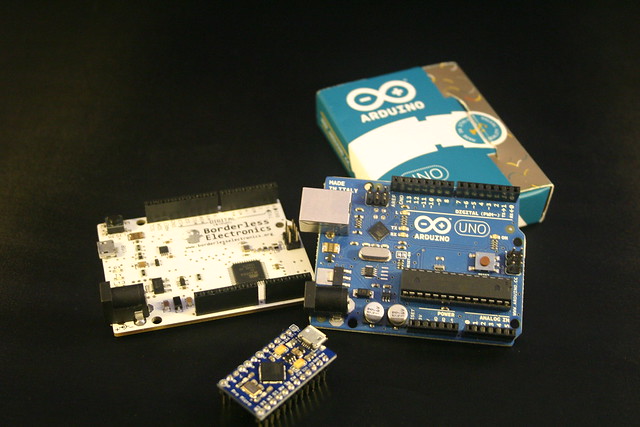
Controversial choice here as I do a lot of work with Raspberry Pi but the Arduino is my go to board as it just works with very little config. I need to test a light sequence, Arduino. I need to test a motor, Arduino. I need to build an elaborate biscuit security system...Arduino.
Go to...Motor Controller?
L298N
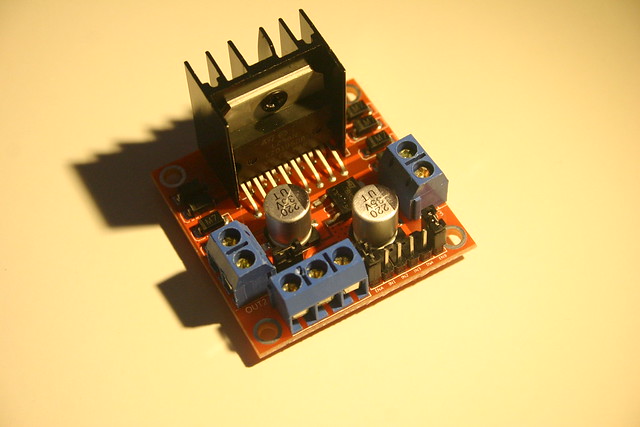
£1.52 each! Let that sink in...cheap, reliable and easy to work with. Kids can hack robots to life with Arduino/Pi/Codebug in minutes with these little controllers.
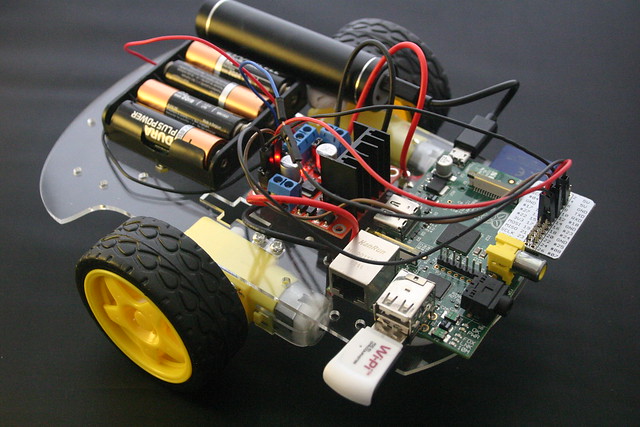
Go to...Motor?
Micro Gear Metal Motors
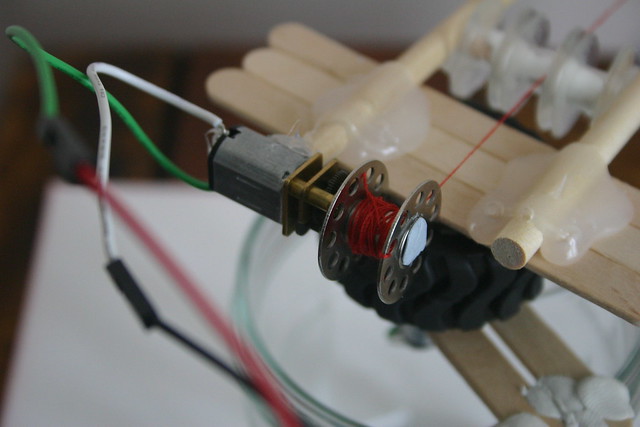
£5 from Pimoroni and they are really good value for starting a robotics project. Small, cheap and easy to power using the L298N or via an Explorer HAT Pro board.
Go to...Blinky
LED
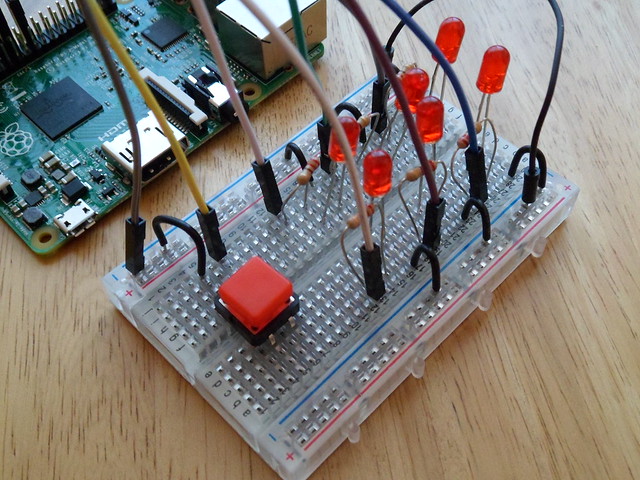
I love LED, they are cheap and are the "Hello World" of hardware hacking. Never underestimate the fun that can be had with an LED.
Go to...Input / Sensor
PIR Sensor
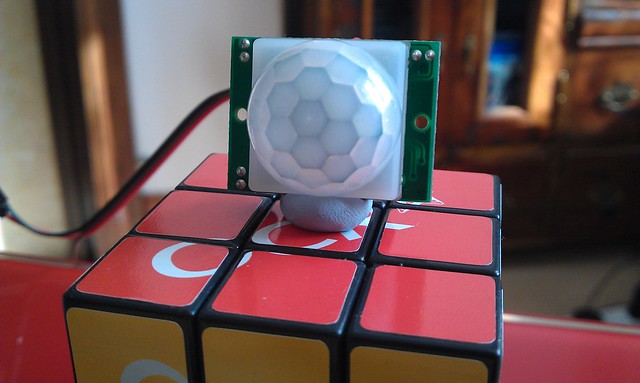
The humble PIR sensor used in their millions in offices around the world. They cost about £2 on eBay but they are so easy to use. We use these sensors alot during Picademy, the Raspberry Pi Foundation's CPD training for teachers.
Les, you're babbling on...
I know, I know. Truly this is the tech that I use to solve problems. My box is full of wonderful stuff from resistors to micro controllers but what I've mentioned above are used far more than anything else in my box. They're cheap, plentiful and enable anyone to easily build something. For example the LED. Flashing an LED is easy right? But the achievement in YOU coding the Arduino/Pi to control the LED is fantastic.
To flash an LED
Hardware
- Use a breadboard...so learn how a breadboard works.
- Plug LED in breadboard...is it the right way round?
- Use a resistor to stop LED from popping, ohms law be damned for now, just use a 330ohm resistor...oh thats ORANGE ORANGE BROWN colour coding.
- Attach wire from Arduino/Pi to resistor via breadboard.
- Attach wire from LED to Ground on Arduino / Pi.
Software
- Tell Arduino / Pi what pin is attached to LED via resistor.
- Tell Arduino / Pi that the LED is an output device, light shines out of it.
- Create a loop, well we don't want to sit there and turn the light on and off ourselves.
- Tell the Arduino / Pi to turn on power to the pin connected to the LED.
- Wait a bit.
- Turn off the power.
- Wait a bit
- Loop back and repeat
So in just flashing an LED we cover a lot of ground, and for not a lot of cash. That's why I love the humble LED.
I really do love my Geek box!
